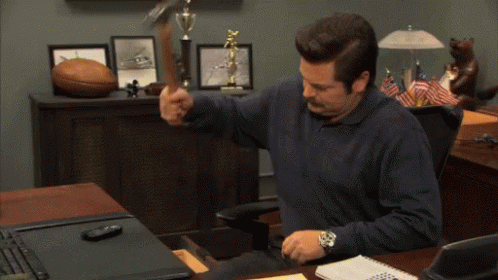- Attendance at all exercises.
- Processed and accepted lab reports.
- You are allowed to miss a maximum of two exercises in our subject. But in that case, a relevant excuse must be uploaded to the information system, and exercise compensation is expected (the form of exercise compensation arranged with the teacher).
In the first exercise, you will work in outlined groups and be prepared for the selected task.
GROUP 1:
Baccus, Nuzhah Bibi Aishah
Chakkor, Imrane
GROUP 2:
Mehdiyev, Murad
Melachris, Efthymios
Will do Task No. 1.
A) Determination of glucose
concentration by polarimetry
B) Refractometry
-----------------------------------------------------------------------
GROUP 3:
Nadali, Mohammad Mahdi
Parpanchi, Negar
GROUP 4:
Ramezani, Ali
Sadatshokouhi, Seyedehtaraneh
Samaei, Omidreza
Will do Task
No. 2.
A)
Potentiometric determination of dissociation constants
B) Buffer
capacity
Use the MS Word format for the document. Any other formats (pdf and others) wont be accepted.
I will then check it out and upload the commented lab report back to the homework vault, into a new folder, named according to your original file. If the lab report correction is required, always send the corrected version within one week after receiving the commented protocol. Please add a suffix stating the number of correction.
Task No. 1.
A) Determination of glucose concentration by polarimetry
B) Refractometry
Task No. 2.
A) Potentiometric determination of dissociation constants
B) Buffer capacity
Task No. 3.
A) Determination of the viscosity
Task No. 4.
A) Determination of the critical micelle concentration
B) Water quality determination by conductivity measurement
Task No. 5.
A) Determination of the isoelectric point of casein
B) Measurement of body temperature
C) Determination of the dissolution rate
Task No. 6.
Adsorption on activated charcoal
You will already know the task number for your group (according to the table below), so you will be supposed to read the relevant manual at home to be ready for the exercise (or you can even do calculations for the preparation of solutions and so on to speed up work in the lab).
Dear students
there is an ongoing increase in students using miscellaneous electronic devices (tablets, pads, NTBs, and so on) to write down the data measured at practice instead of pen and paper.
Since I am not able and/or willing to vouch for their safety in the labs (and half of you can´t use them, so they are actually helpful and speed up the work anyway), USE OF SUCH DEVICES IS FORBIDDEN IN PRACTICAL CLASS!!!
Anybody can write down a few values. Even practice manuals are handed out in printed form, so you don't need to look those up electronically in labs (not to mention, you should acquaint yourselves with respective manuals up-front)
